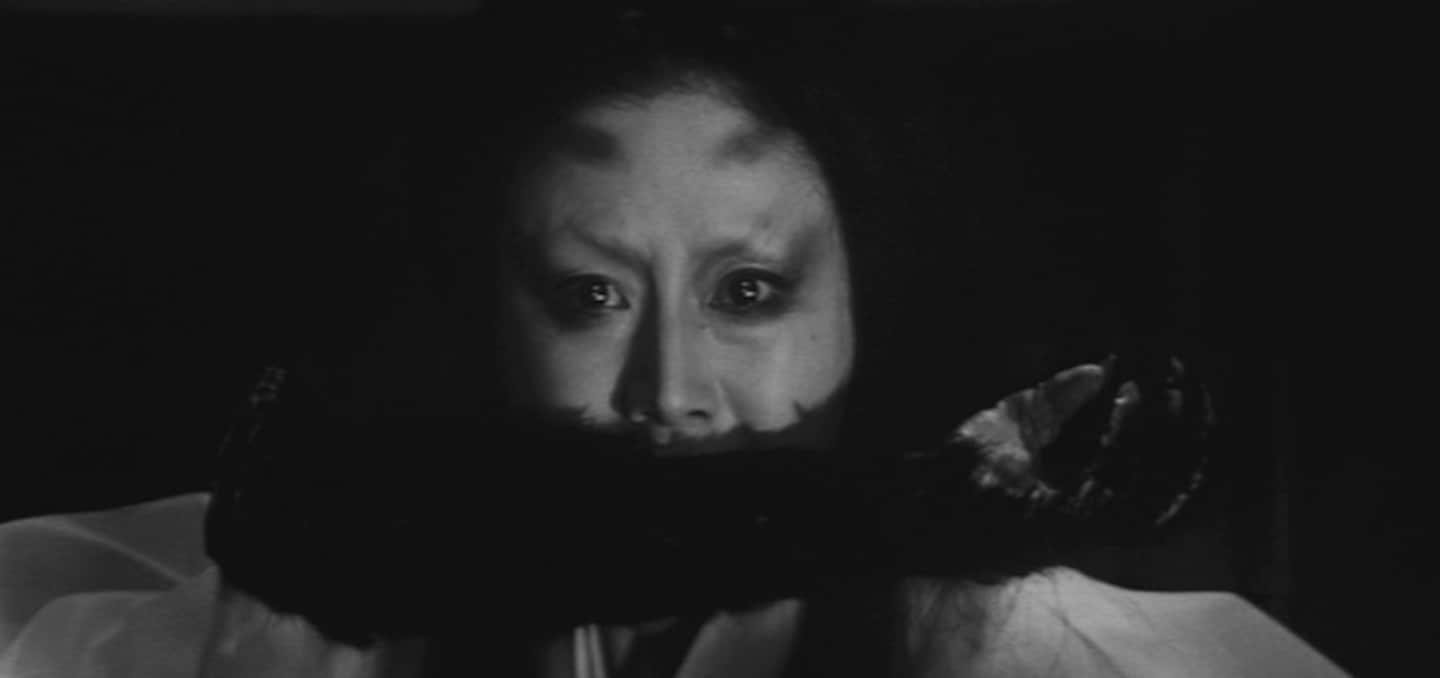4 Japanese Horror Movies to Chill Your Summer
Haunted houses and scary movies are staples of Japanese summers, the idea being that all those chills will actually help cool you down. And if you’re looking for chills, J-horror has you covered.
By Lindsay Nelsonhttps://www.youtube.com/watch?v=qCBW1mUPP8Y
Though Japan’s been making scary movies for a while now, J-horror arguably hit its peak in the late 1990s and early 2000s, the era of The Ring (Ringu) and The Grudge (Ju-on). If there’s a defining feature of these films, it might be the vengeful female ghost—think Sadako with her long mane of black hair, or Kayako with her strange rattle-voice and jerky movements. J-horror also usually features some sort of malevolent presence that isn’t easily vanquished—if there’s a final showdown between the protagonist and the monster, there isn't always a clear winner.
These days, genuinely scary Japanese horror films seem to be fewer and further between, perhaps due to declining interest from audiences—and from Hollywood, which contributed to the market by re-making several successful Japanese horror films. Instead, it’s become popular to recycle old horror movies (The Ring, The Grudge) or mix scary with cute and silly. There are still plenty of ghosts and shrieking, but the effect is more schlock than shock.
Horror fans needn’t despair, though—the past century of Japanese film provides a wealth of scary screen creations. Here are four classic films to get you started, whether you’re into genuine chills or just a bit of silliness mixed with ghosts.
1. Dark Water (Hideo Nakata, 2002)
https://www.youtube.com/watch?v=XAhlAsZmyiI
Summary: A single mother and her daughter move into a new apartment and soon begin glimpsing the ghostly figure of a little girl. Weird things also happen with the water supply.
For those who’ve never seen a Japanese horror movie, this is my go-to recommendation. I prefer it over The Ring, which has that one incredible ending scene going for it but never affected me as much as Dark Water (known as Honogurai Mizu no Soko Kara in Japanese). The latter is aided by a relatable real-world plot (single mother trying to survive in an unkind world) and very believable performances from Hitomi Kuroki and Rio Kanno as the mother and daughter. The sense that it might be all in the mother’s head adds to the tension, and the climactic scene in the elevator is, for me, more terrifying and visceral than almost anything else in J-horror.
2. Hausu (Nobuhiko Obayashi, 1977)
https://www.youtube.com/watch?v=WQ_Yo06kIIA
Summary: A group of teenagers gather at a house in the countryside and… nope, I give up, there’s no way to summarize this. Just check out the trailer on YouTube.
Hausu (or House, not to be confused with the 1986 Hollywood film of the same name) is a psychedelic batch of crazy mixed with a healthy dose of chaos and tied up with a ribbon of lunacy. There’s goofy animation, floating, disembodied heads, a bit of nudity, and a main character named Gorgeous. A nice choice if you just want to stare dumbfounded at the screen for a while and aren’t keen on genuine horror.
3. Kuroneko (Kaneto Shindo, 1968)
https://www.youtube.com/watch?v=3jRRK-cOdkI
Summary: Formally titled Yabu no Naka no Kuroneko (Black Cats in a Bamboo Grove), though generally shortened to simply Kuroneko (Black Cat), this is a classic ghost story/revenge fable of the spirits of two women who, after being raped and murdered by soldiers, lure unsuspecting samurai into their home to kill them.
Long before Sadako came crawling out of the television, Japan was scaring audiences with starkly filmed black-and-white period pieces like Kuroneko (Onibaba, 1964, and Ugetsu Monogatari also feature similar “vengeful ghost women” storylines). Kuroneko is filmed almost entirely at night, with harsh lighting that makes the women appear all the eerier. Long stretches of silence add to the otherworldly feel. This is another good choice if you don’t have the stomach for extreme scares but enjoy a bit of atmospheric creepiness.
4. Cure (Kiyoshi Kurosawa, 1997)
https://www.youtube.com/watch?v=N-5SyCpc87o
Summary: A weary detective investigates a series of murders that the perpetrators themselves can’t explain, which leads him to a master hypnotist who’s been driving others to kill.
Kiyoshi Kurosawa makes beautiful, haunting films that frequently happen to be scary, and Cure is arguably his best. There are rarely clear answers or resolutions at the end of his films, but the journey is so mesmerizing that audiences seldom mind. Like his recent Creepy, the question at the heart of Cure is whether we’re really so different from monsters—or if, given just the right amount of prodding, we could all become vicious killers.




